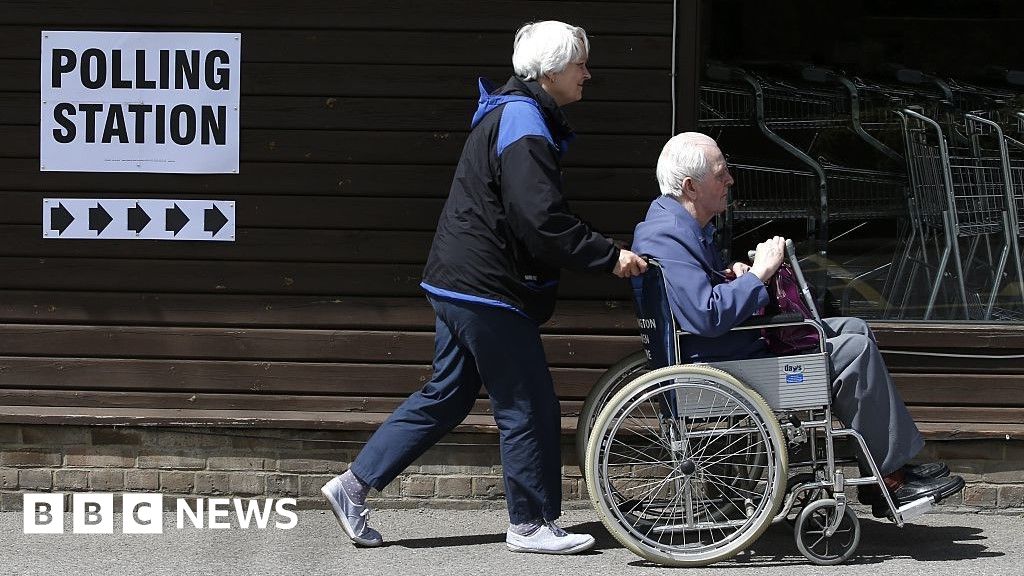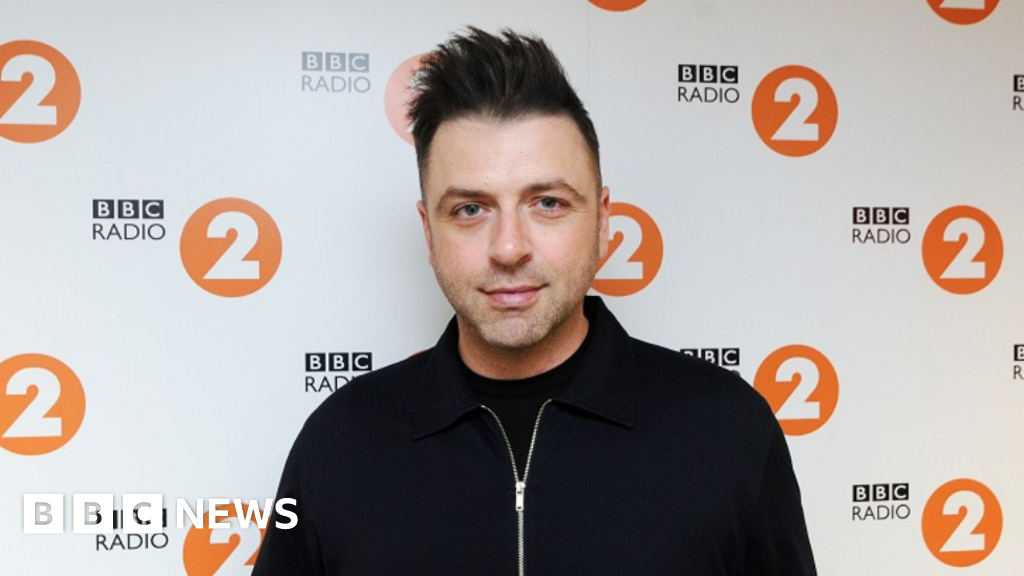A target to start treatment within 18 weeks for most NHS patients in England will be hit within five years, Labour has promised.
The party made the pledge as it set out details of how it would start making inroads into the backlog.
This includes getting the NHS to do more out-of-hours, and making greater use of the private sector.
Currently the waiting list stands at 7.5 million treatments.
Treatment is defined as an operation - if a patient requires that - or starting a drug treatment or any other kind of care.
Patients can have scans and checkups before treatment starts and either be taken off of the waiting list - for example if they require physio or remain on the list for further care.
Figures are down from a peak of nearly 7.8 million in September and is still 3 million more than before the pandemic.
Since the end of March some 43% have waited longer than 18 weeks.
The NHS target, which calls for 92% of patients to start their treatment within 18 weeks, was last hit in February 2016.
Cutting NHS waiting lists is also a government goal - it was one of five priorities Prime Minister Rishi Sunak set out in January 2023.
"If the Conservatives get another five years in power there is a genuine risk, based on Rishi Sunak's performance to date, that we'll see NHS waiting lists rise as high as 10 million," the shadow health secretary told BBC Breakfast on Wednesday.
Labour's Wes Streeting said his party's pledge to make use of "spare capacity" in the independent healthcare sector would remain "free at the point of use".
"Huge numbers" of people were opting to go private where they could afford it, he said, adding: "I'm not going to see working class people left behind while operating theatres in private hospitals are left empty."
Labour leader Sir Keir Starmer is expected to say on Wednesday that he will take immediate steps to make more inroads into the backlog.
He will point out how in 1997 the Blair government tackled long waits and created the 18-week target.
"Putting the NHS back on its feet and making it fit for the future is personal for me," he will say. "The first step of my Labour government will be to cut NHS waiting lists, clearing the Tory backlog."
To help achieve the goal, Labour says it will create 40,000 extra appointments, scans and operations a week during its first year, if it gains power. That is on top of the two million already carried out.
This will be done by getting the NHS to do more in the evenings and weekends, as well as making greater use of the private sector, Labour will say.
The number of scanners in the NHS will also be doubled - waiting for test results is a key bottleneck in the system.
The policy will cost £1.3 billion in the first year, Labour says, and will be paid for by clamping down on tax dodgers, and closing non-dom tax loopholes.
However, the party has yet to set out its plans for the overall budget - the previous Labour government increased spending by 6% to 7% on average. It has been half that over this parliament.
Health Secretary Victoria Atkins said: "This is more 'copy and paste' politics from Labour, who have no plan. The NHS has faced unprecedented challenges which it can only overcome if supported by a strong economy.
"That is why the Conservatives have a clear plan and will take bold action to strengthen the economy and continue to deliver the technology and innovation the NHS needs to keep cutting waiting lists."
She pointed out that in Labour-run Wales, waiting lists had also gone up. Its waiting time target was last hit in 2010.
Lib Dem health spokeswoman Daisy Cooper said: "The Conservatives have run the NHS into the ground.
"The Liberal Democrats are putting the NHS and social care front and centre of our campaign by ensuring hospitals get the repairs they need, people have the legal right to see a GP within seven days, and can get a dentist appointment when they need one."
Sarah Woolnough, of the King's Fund health think tank, said: "Clearing the backlog within five years would take real effort and focus, and may mean other ambitions in health and care will be slower to realise."
She said that while offering weekend and evening appointments was a good idea and had worked already in some areas, scaling it up would rely on having enough NHS staff to take on the extra shifts.
"This is not a given when so many report high levels of stress and burn-out," she added.
In February, the overall waiting list for routine treatments stood at 7.54 million, slightly down on the month before.
However, when changes to how the list is measured are taken into account, it means figures remained stable rather than showing an improvement, compared with the previous month.
There has still been a drop compared with a peak of 7.7 million late last year.
Mr Sunak suggested more patients could have been treated if long-standing strike action by consultants and junior doctors had not taken place.
He cited NHS England research published in March, which suggested around 430,000 more patients could have been treated, had there been no strikes.

 1 month ago
15
1 month ago
15








 English (US) ·
English (US) ·